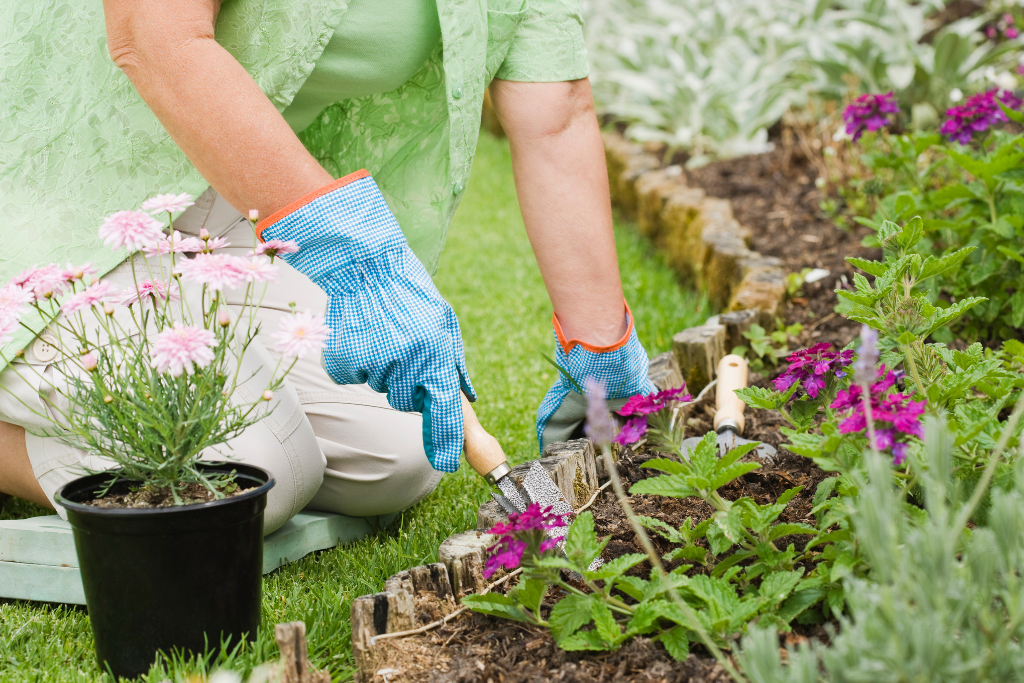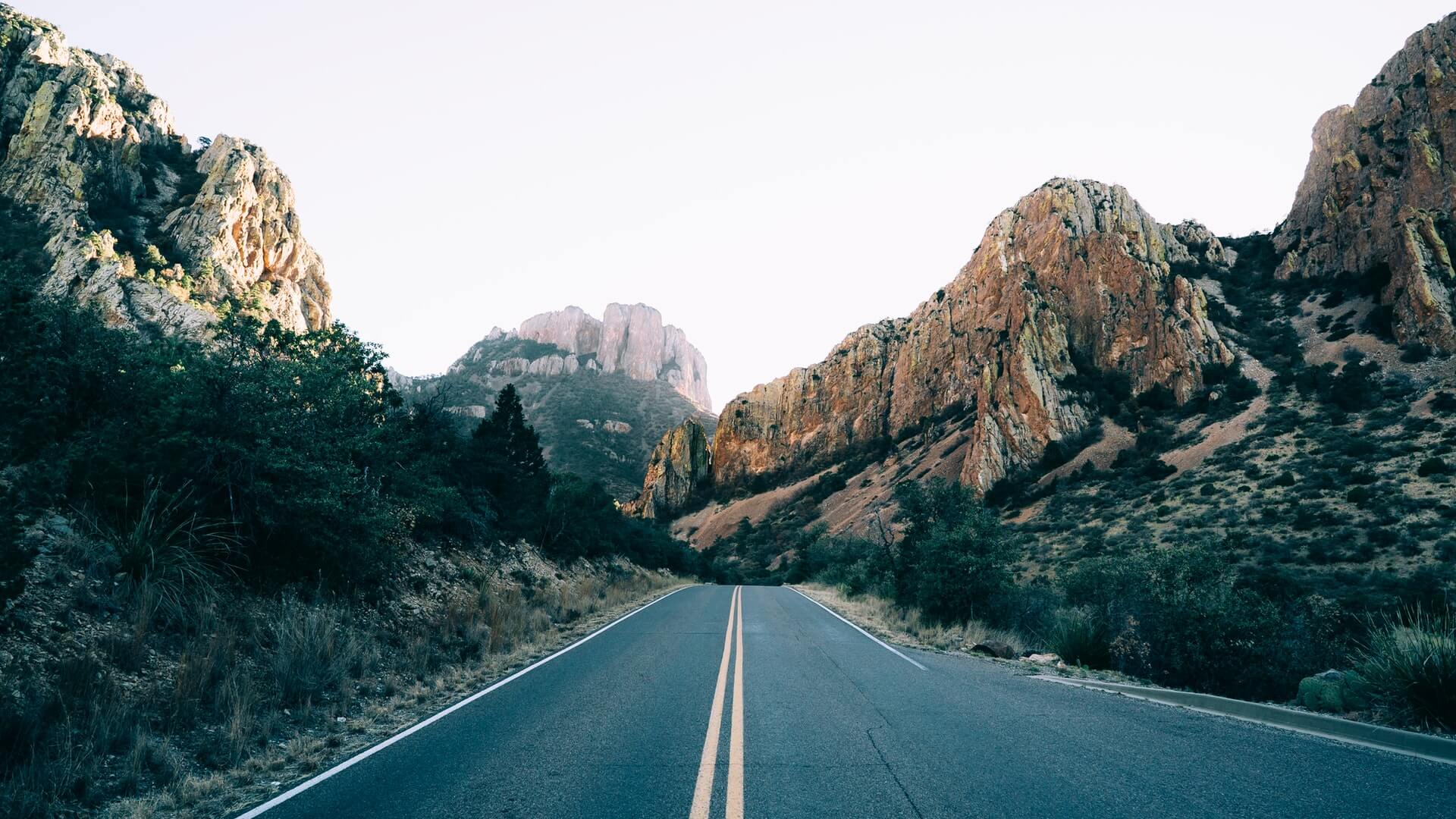How Do I Build a Garden in my Backyard?
Let’s start with the “low lying fruit.”
How can you build a garden in your backyard from scratch? There is no rocket science here.
All you need is a weed-free backyard, enriched soil, and the right seeds.
Here’s how you can build a garden in your backyard:
Choose a Location
Your backyard garden is supposed to be beautiful—a treat for the eyes. Dedicate an area in your backyard that is visible from indoors, gets at least 6-8 hours of sun, and has a water source nearby. You can even go for an eye-catching garden idea to match the aesthetics of your backyard.
Get Raised Beds
Do you have other stuff in your backyard? Maybe a flower bed or a children’s play area. If yes, build raised beds to segregate your planting bed from the rest of your backyard.
Moreover, raised beds are easier to work with, give better yields, and prevent weed growth. You can get 10 feet long and 4 feet wide rot-resistant wood beds to start with.
Prepare the Soil
Residential soil is often too acidic or wet, poor, and infertile. Use a gas-powered sod cutter to remove grass from your lawn, get rid of the pesky weeds, and spread a thick layer (preferably 4 inches) of compost in your raised beds.
Make sure there’s an equal mixture of native soil and compost. Cover this with two inches of fall leaves, and voila! You are all set to plant fruits and veggies in your backyard.
Crops require a specific pH level for healthy growth, so it’s always advised to conduct a soil test before planting anything in your in-ground garden.
Buy Essential Gardening Tools
Without the right tools, gardening can end up being a mess for you. Invest in some basic gardening tools and save your time and energy. Here are a few tools to start with:
- Digging shovel
- A pair of gloves
- Potting soil scoop
- Hand trowel
- Soil knife
- Lopper
How do you Start a Garden for Beginners?
Now that we know how to set up a personal gardening space in your backyard, the next step is to start a garden. It might seem daunting at first for a beginner, but with the right tools, patience, and preparation, it is quite easy and exciting.
Start with one step at a time, monitor the results, and expand; that’s how gardening works. Are you ready for delicious flavours and beautiful views? Following are the steps you need to start a garden as a beginner:
Groundwork
Prepare your backyard for gardening. Get your soil type checked (light and sandy, or heavy and clay), install raised beds, and clear away the existing vegetation. Don’t forget to add compost.
Water System
Can plants survive without water? No, unless it’s a cactus. Install an automatic watering system with a timer to save your time and maintain a strict watering schedule. If you prefer the old ways, get a garden lead-in hose. You can also install a two-splitter to use both these watering options. Make sure you are not overwatering the plants as wet soil can cause seeds and roots to rot.
Seed or Transplant Seedlings
Seeds save money but take an eternity to grow out. It’s better if beginners go for transplant seedlings as they are easy to work with and grow quickly. The second step is to plant your seeds or seedlings properly. Sow the seeds at the proper depth and carefully spread the soil over them.
Seedlings can be difficult to work with as roots often get stuck in the shape of the pot. Turn the pot over while giving support to the soil and stem with your hand. Remove the pot gently and shake the mass of soil until the roots are not stuck in the shape of the pot. Create a hole in the ground using a spade, place the seedling and covers the roots with soil.
Add Compost, Mulch, or Fertilizer
Some plants require compost, mulch, or fertilizers for better growth. Compost and fertilizers make your soil rich in nutrients and promote plant growth. They help in seed germination too. The quantity of these depends on the type of plant, as too much can even inhibit plant growth.
Select the Right Plants
Can you buy any seed and expect it to grow into a humongous tree the next day? You need to do your homework to select plants that are suitable for your soil. Typically, for a backyard garden, fast-growing and plants that return every year are preferred.
Here is a list of the easiest veggies you can grow in your garden:
Zucchini: Requires at least 6 to 8 hours of sun and moist soil for proper growth. One or two plants would be a great addition to your garden.
Carrots: Who doesn’t want freshly grown carrots in their salad? Carrots need full sunlight but can also tolerate light shade and frost. They are best suited for loose, sandy soil.
Tomatoes: Imagine waking up to red and juicy tomatoes in your backyard garden! They are one of the easiest veggies to grow in the hot summer heat. Just a couple of plants will have enough full-flavoured tomatoes to treat you in the scorching heat of summer.
Cucumbers: They are great for weight loss and can easily be planted on your personal farm. They require abundant sun and fertile soil (pH of 6.0 to 6.8), and the exciting part is that they grow fast with little care. The only drawback is that they cannot survive the frost.
Peppers: Great for raised beds and in-ground gardens. Plant them 12 to 20 inches apart in a well-lit spot as peppers require 6-8 hours of sunlight. Use a low or no nitrogen fertilizer to boost the growth.
Materials Needed for your Garden
Apart from the tools mentioned above, here are a few other useful things you should buy for your garden:
Seeds or young plants: Buy the required seeds and seedlings beforehand. Both of these will be readily available in your local nursery.
Soil-tilling equipment: It is used to break up the soil and turn it into a soft bed, primarily used in large gardens with lawns.
Fencing materials: Tasty fruits and vegetables not only attract humans but pets too. Buy appropriate fencing materials to keep animals out of the garden.
Other useful stuff: Fertilizers, garden knife, leaf rake, garden hose, hori hori knife, and hand pruners are extremely useful for day to day gardening tasks.
How Can I Landscape my Garden on a Budget?
Gardens can get messy and dull over time. Renovating your backyard garden is expensive if you plan on hiring the best landscaping company, but should it be that costly?
Here’s how you can landscape your garden on a budget and breathe new life into it:
Reuse Old Stuff
Repurposing is the best way to cut down costs. You can landscape your garden using whelk shells to hide the soil. You can also reuse old furniture as a planter, like old sinks and dressing tables. Have some old tires in your garage? Stack them up and use them as a planter. You can also fill one of the tires with soil and use it as a hanging planter. There are tons of ideas to reuse old stuff to landscape your garden on a budget.
Mulch Alternatives
Mulch saves water and prevents weeds, but it costs a lot, literally. You can use cheap mulch alternatives like grass clippings, fall leaves, pine needles, and even newspapers. Most of these provide nutrients to the soil that look great too.
Vertical Gardening
Not all backyards have enough space for a fledged garden. Why not try vertical gardening? It looks great, saves a ton of money and space too! You can use old plastic bottles or used paint cans as planters and place them on a wooden ladder, shoe organizer, or wooden fence to create an appealing yet inexpensive look in your backyard.
Add Lighting
String lighting is cheap and yet creates a truly unique look in your garden. You can transform your outdoor space by wrapping multicoloured or teardrop string lights around pillars or hang them between the house and a tree. You can also bring a pretty glow to trees and shrub branches using fairy or festoon lights.
Bring in Some Colours
Paint the planters to match the overall vibe of the backyard, build an outdoor fire pit for bonfire nights, buy low-cost seating to enjoy the greenery, or create gravel paths to boost your outdoor space without breaking the bank.
Learn More About the Cost of a Garden
The Proper Way to Plant Seeds in your Garden
Going to your garden every morning and seeing if something has risen from the dark soil has its own charm. Growing plants from seed is time-consuming, but the whole process is enriching.
If you are a beginner, here’s how you can properly plant seeds in your garden:
- Plant at the right time.
- Use a container that is 2-3″ deep.
- Start with fresh soil. Don’t use garden soil as it is too heavy and might contain weeds and harmful organisms.
- Some seeds can just be sprinkled on the soil surface, while the others need to be planted at a specific depth. For example, if the seed is 1/16 inch thick, it should be buried about 1/8 inch deep in the soil.
- Use room-temperature water for healthy growth and maintain moisture.
- Keep the soil warm and start using half-strength liquid fertilizer weekly once the seedlings have grown a second set of leaves.
- Give seeds enough sunlight, 12 to 16 hours each day.
How to Plant Potatoes?
You can grow potatoes from other potatoes. They prefer slightly acidic soil with a pH ranging from 5.0 to 7.0. Place seed potatoes about a foot apart and 2-3 inches deep and water deeply to start sprouting.
How to Plant Garlic?
Chooses garlic bulbs that are fresh and have large cloves. Place the cloves 8″ apart and 2″ deep, with the rows being one foot apart. Make sure the pointed end is facing upwards and the blunt end downwards. Cover the planted garlic cloves with mulch (hay, dry leaves, or straw) and fertilize them.
How to Repot a Plant?
You might start with a small pot, but you need to repot it once the seed blooms into a bigger plant. Choose a larger pot that has plenty of space for the roots and drainage. Cover the drainage hole and add a base layer of soil. Flip the old pot while supporting the stem, separate it from the pot, and prune the root ball. The last step is to carefully place the plant in the new pot in an upright position.
How to Plant Strawberries?
Prepare the soil and plant bare-rooted strawberry runners 30-45cm apart. You can also use pots and hanging baskets to grow strawberries. Use tomato fertilizer to promote growth. You can also start with strawberry seeds, but it’s way more complicated.
How to Plant Tomatoes?
Select a location that receives maximum sunlight throughout the day. You can plant seeds or buy starter tomato plants from a nursery. Sow the tomato seeds ½” deep in the pots and when they become seedlings, transfer them to your raised bed or in-ground garden. Make sure there is 2 to 3 feet space between each seedling. Use organic tomato fertilizer to promote growth. Water them early in the morning for a better yield.
Conclusion
Gardening is fueled by passion, so if you are a sucker for garden-fresh food, this will be a rewarding journey for you. But do you need a full-sized farm and expensive fertilizers to grow stuff? No! If you have some spare space in your backyard, you’re good to go.
Alright, so you have finally decided to grow fruits and veggies in your backyard. Or if you have been considering it lately, what are you waiting for? With all your Grab a shovel and plant the first seed!
Want to know more about gardening? Check out our article on everything you need to know about gardening!





